Blog
- Asteroids
- Blog
- Comets
- DSO
- Eclipse
- Galaxies
- Globular Clusters
- Nebula
- Northern Lights
- Open Cluster
- Planets
- Solar Imaging
- Solar System
- Stellarium
- Supernova
- Tutorials
- Video
- YouTube
- All
-
Sort by:
- Date
- Title
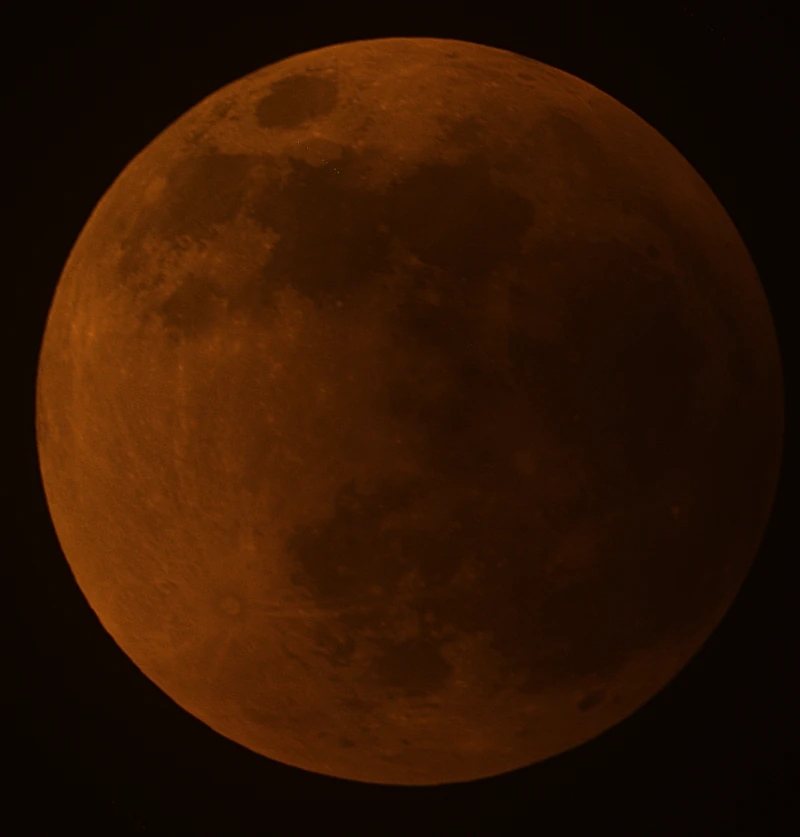
A total lunar eclipse on a cloudy night
I had a rough journey with the weather in Richmond Hill, but I had some clear breaks in the clouds around the time of the totality. I was able to capture a few frames of the lunar eclipse.
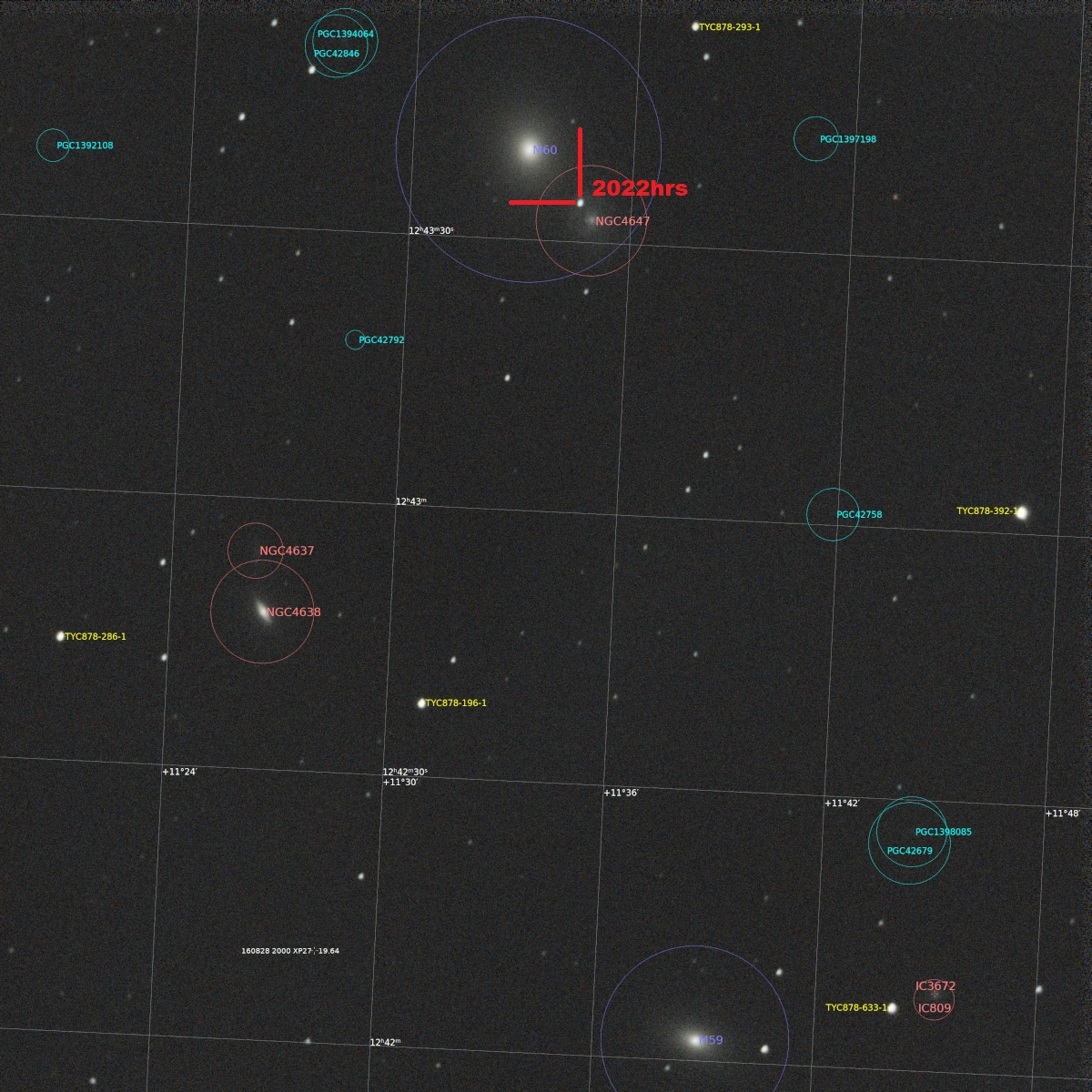
My first supernova!
On April 16, 2022 the Japanese astronomer Koichi Itagaki dicovered a supernova that exploded in the spiral galaxy NGC 4647 in Virgo.
I told myself that I never imaged a supernova before, so I decided to give a try … and I succeeded!
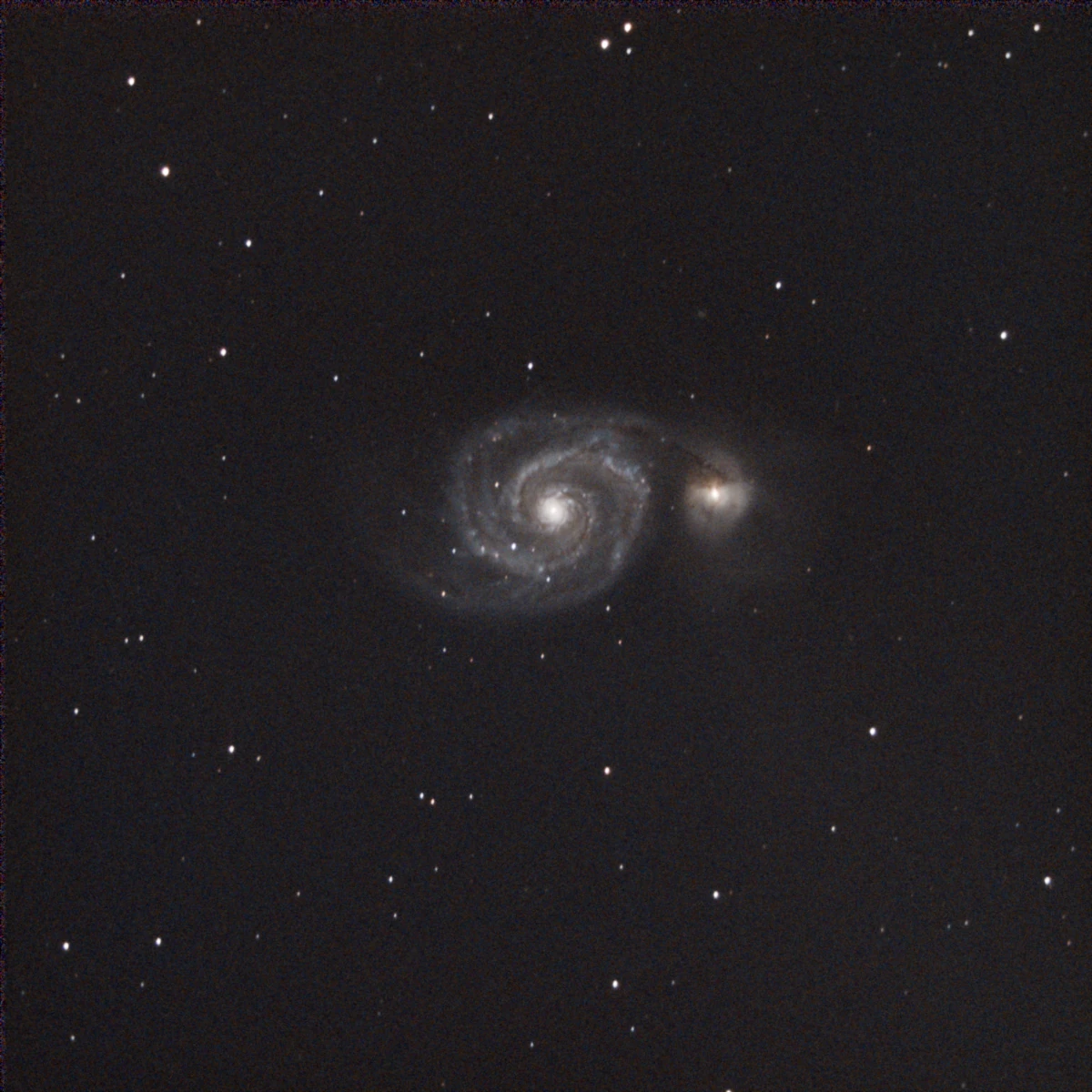
It’s Galaxy Season (and a surprise in Hercules)
On the night of April 17, 2022, despite the Full Moon and the light pollution, I imaged two iconic galaxies: the Whirlpool Galaxy and the Sunflower Galaxy, plus the Great Globular Cluster in Hercules, which was getting high in the sky after midnight.
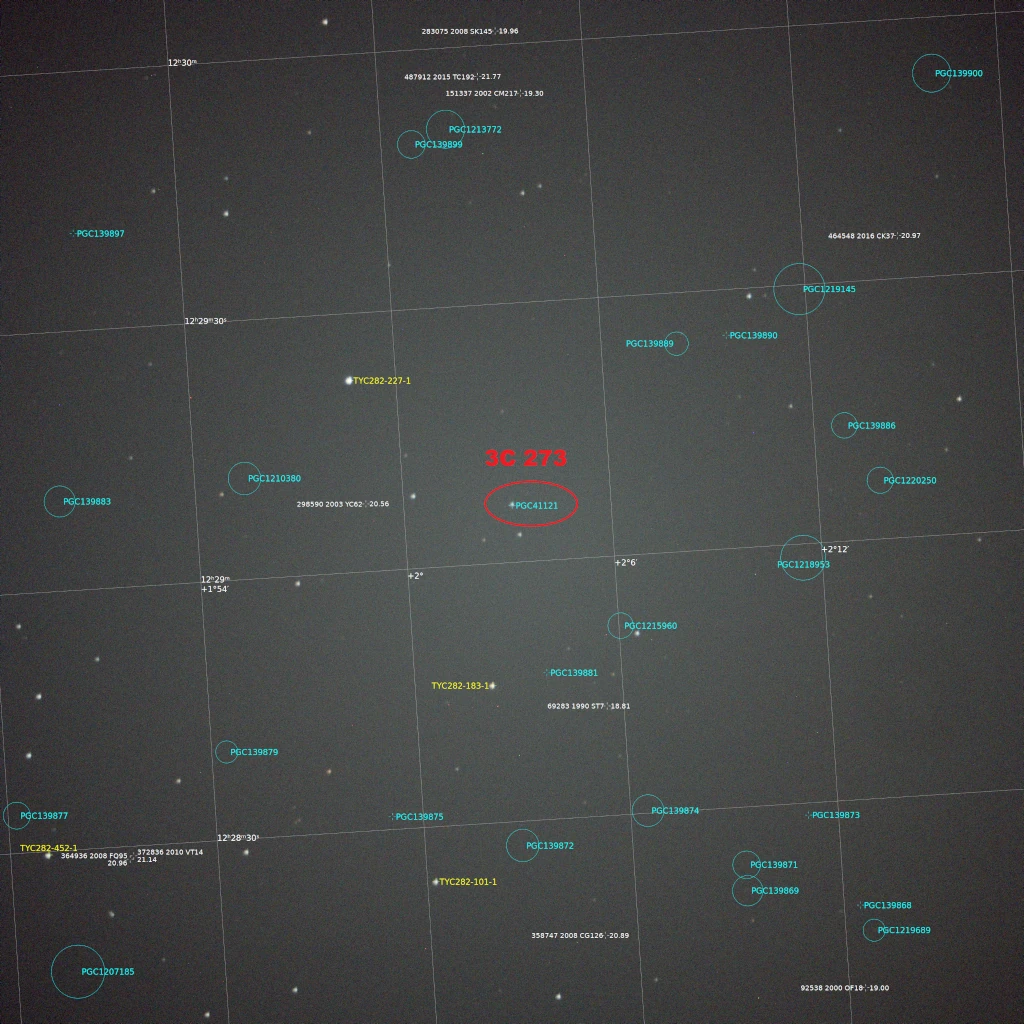
I photographed a distant quasar!
I took advantage of a clear night to start imaging for the galaxy season, and before completing my imaging session I made an experiment: I tried imaging 3C 273, which is the first quasar ever discovered as well as one of the brightest quasars known. It was a success!
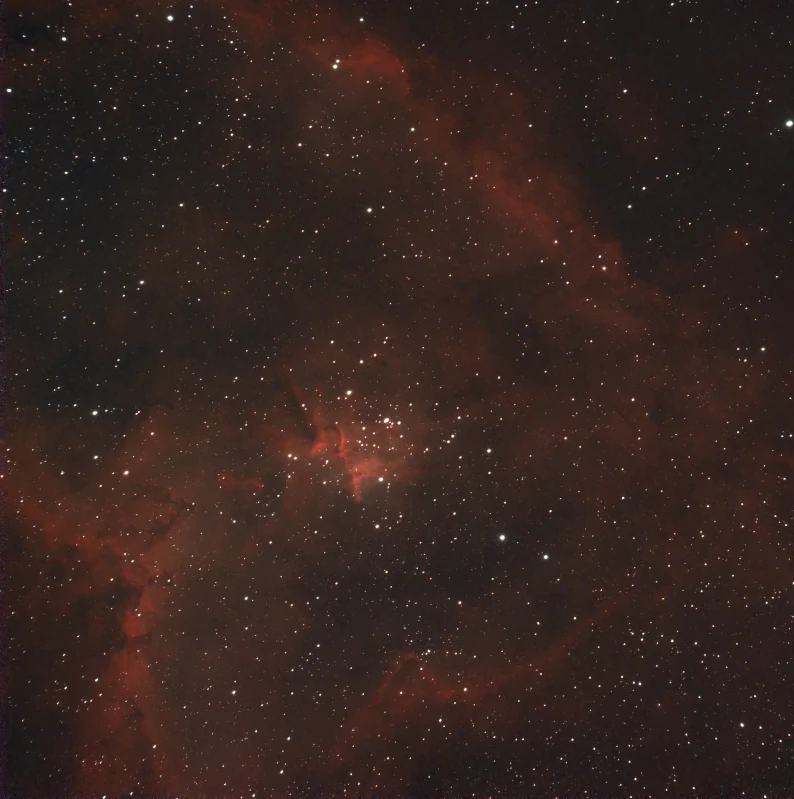
Fun Under The Stars
The night of October 27, 2021 brought me a crystal clear sky, with a temperature of 5°C. Seeing and transparency were above average. Despite some issues when I started my session (my new Celestron AVX mount was unresponsive and I had to replace it with the glorious Celestron CG-5 mount), I automated the capture sequence in NINA, connected to the laptop via Remote Desktop and patiently waited on my couch for the sequence to end. I spent lot of time on the Polar alignment via a new routine, through the 3 Point Polar Align NINA plugin. Polar alignment was particularly accurate (3.2′ arcminutes error) and same for guiding (0.3″ average)
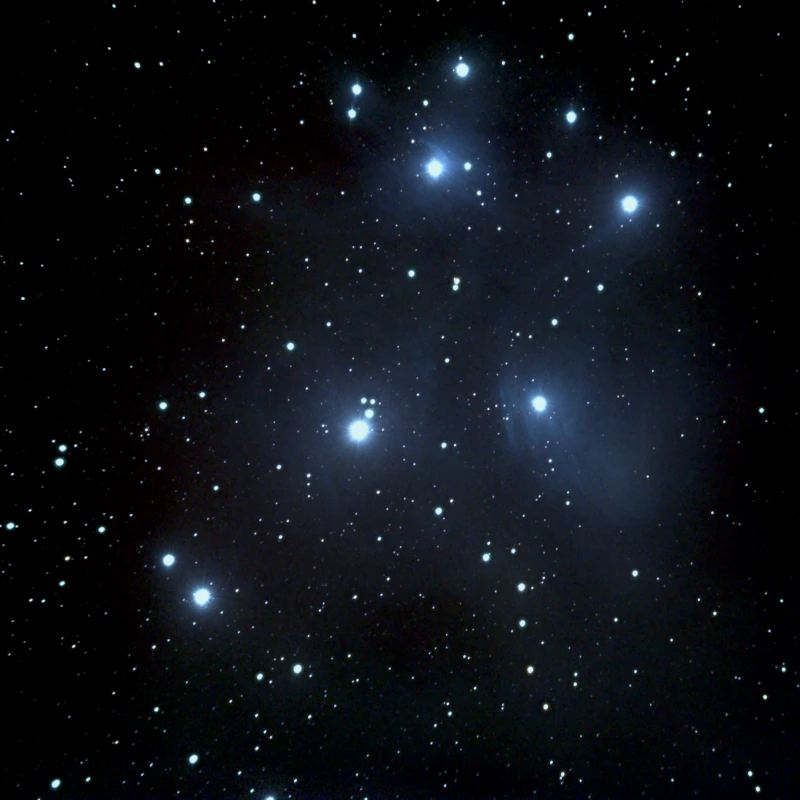
The Pleiades with my APO refractor
The Pleiades (Messier 45) captured with my backyard telescope. This cluster is made of hot blue and bright young stars and its distance is 444 light-years.